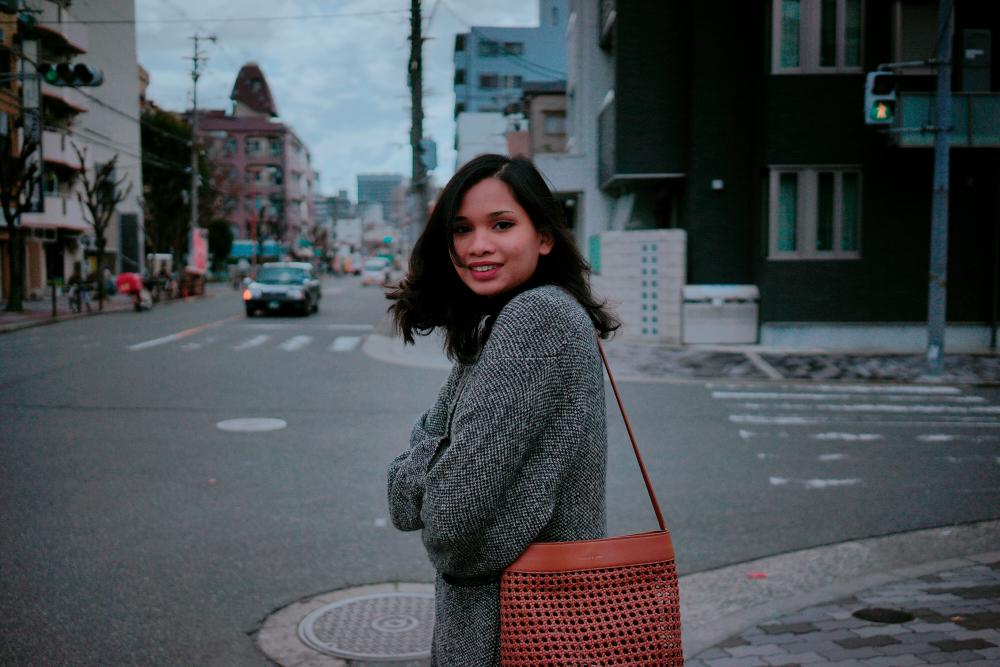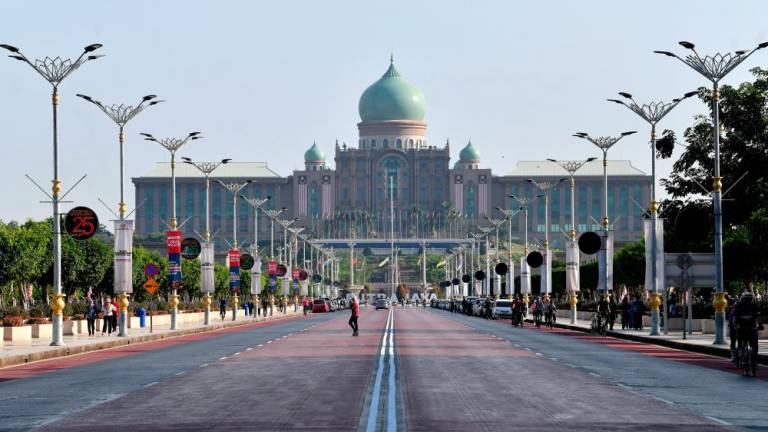This is not the first time Sophia Kamal has depicted the female gaze, and it certainly won’t be her last.
Through her unique examination of the subject in fine art portraiture, she paints an equitable representation of women in various visages, sensually expressed in manners that reflect neither their material nor physical facets, and which project a sense of true nature in the form of vivid acrylics.
She explains: “I believe in the potential of the developing mind, and in the ability of strong colours and imagery to convey an alternative perspective on femininity and contemporary thinking.
“I feel there’s still something alien about being a female in this universe every day; it’s like a kind of fantasy how each day we women weave our multiple roles and identities together to create a place that somehow extends far away from truth and reality.”
Sophia uses a modernist sensibility to produce her art. As she sees it: “I am envious of modernism. It’s admirable to learn how modernists were able to perceive daily lives without any ostentation.”
What is it about the female gaze that drew you in as a subject for your work?
“As a female, I like the idea of exploring female characteristics and ways of thinking, and the different female points of view. It’s something you don’t really hear a lot, even with female artists, you don’t get a lot of variation, their work [focuses] mostly on feminism.
“That prompted me to ask why are female painters so inherently linked to feminism.
“When the female gaze comes from a male perspective, there’s a sense of sexual desire, but from a female perspective, it’s more genuine, more raw and unfiltered, you don’t feel like you’re invisible. In fact, you feel like there is more meaning to it.”
Which art movement has most influenced the way you perceive a call for equitable female representation?
“It’s definitely Impressionism and Post-Impressionism. Their basic approach to any subject is by looking at light and colours to portray the subject as if it’s bright and illuminating.
“But the art movements never really spoke to me through its landscape formats. If it happened, it was always through painting flowers because they represent female qualities, [like] growth and beauty.”
Has your approach to art changed in response to the paradigm shift of the female gaze in contemporary culture?
“It has definitely changed and shaped the way I think. Over the years, when people become familiar with my work, my work changes as well, because I wanted to explore more and discover more.
“As an art teacher right now, I also like to review previous art movements so I can teach my students. In a way, it also teaches me as well, I get to refer back to all the art styles and rediscover paintings.
“Whenever I look at my students’ work, I can also see how they are able to understand certain things, and it broadens my mind [to understand] how they think.
“Even though I don’t paint as much right now, I’m doing mostly research, which I think is equally important, if not more, because you need to know what your work is about before you start to paint.”
How do you portray the narratives of your multiple identities as a Malaysian Muslim woman in the post-modern age?
“When it comes to visual mediums, it’s hard to portray narratives, but perhaps [it is possible] through the contemporary style with the bright colours that I use. I like to keep things minimal with figurative and metaphorical details.
“I also like to question the female gaze, on why Muslim women have to hide and not expose our true identity. Often times, I depict girls as if they’re naked but in actual fact, they’re not.”
Have technological advancements displaced the way we perceive art?
“Looking at fashion designers, they’re always looking elsewhere for inspiration; at artists’ works in art and culture, or politics. It’s important not to ignore these advancements that are intertwining with our lives, we can either be open to changes or stay ignorant.
“Social media and the internet in general serve as a database [for] the archive of paintings and artists for easier accessibility. It’s about the education it brings with it as well.”














